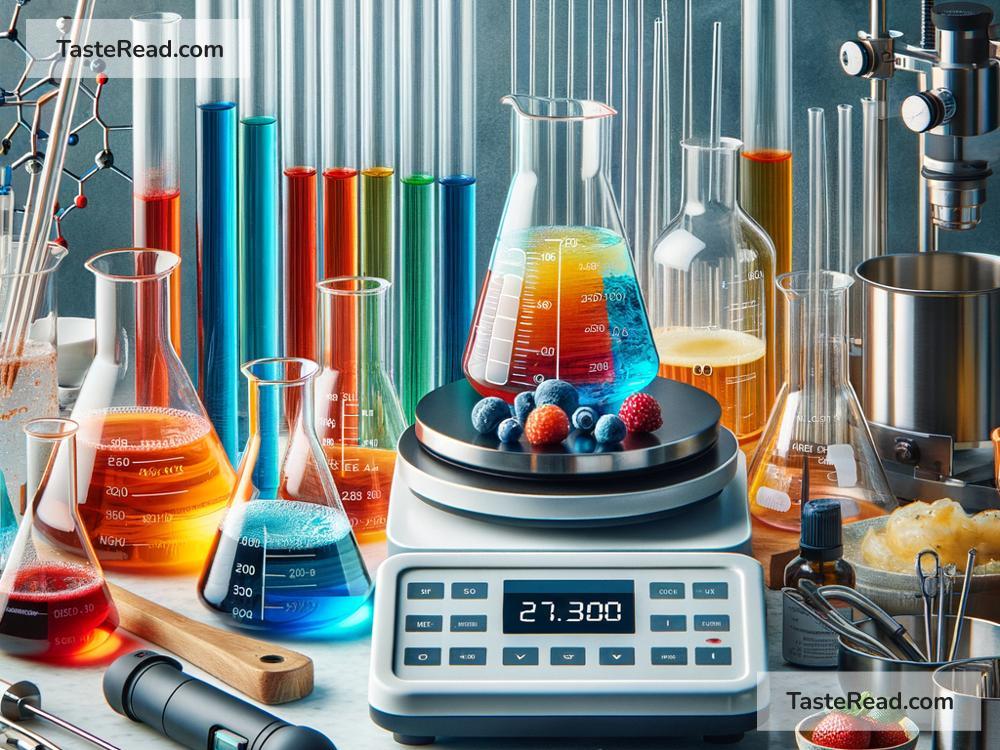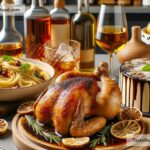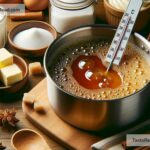The Science of Cooking with Analytical Chemistry: Techniques and Tips
Cooking is more than just combining ingredients and following recipes—it’s also a science. When you boil an egg, bake a cake, or grill a steak, countless chemical reactions occur. Understanding these reactions can help you unlock new flavors, improve the quality of your meals, and troubleshoot kitchen fails. This brings us to the fascinating combination of cooking and analytical chemistry.
Analytical chemistry is the study of chemical properties and processes. It helps us measure what’s happening at the molecular level in food. By applying some principles of analytical chemistry to cooking, you don’t have to be a master chef to make great meals—you just need to know a little science! In this blog, we’ll explore how chemistry tools and techniques can revolutionize your cooking skills.
Why Chemistry Matters in Cooking
When you cook, you’re essentially causing changes in the molecules within your food through heat, acid, pressure, or mixing. Analytical chemistry allows us to study these changes, leading to better control of textures, tastes, and smells. For example:
- What makes cookies chewy or crispy? Understanding how proteins and sugars react with heat helps you tweak recipes for your preferred texture.
- Why does meat taste better when it’s browned? The Maillard reaction—a chemical process where sugars and amino acids react—creates those mouthwatering flavors during grilling.
- What happens when you marinate food? Chemistry explains how acids or enzymes break down tough fibers, making food more tender.
By exploring questions like these, analytical chemistry teaches us how to make smarter choices in the kitchen.
Key Analytical Techniques in Cooking
There are several chemistry-inspired techniques that can enhance your cooking. Let’s break them down in simple terms:
1. pH and Acidity
Ever wonder why lemon juice can brighten up a dish or why vinegar is great for tenderizing meat? Acidity plays a big role in cooking. Analytical chemistry lets us measure pH levels, which indicate how acidic or basic a substance is.
How to Use It:
– Adding an acidic element (like lemon juice or yogurt) can balance overly salty or bitter flavors in a dish.
– Want fluffier pancakes? Use a mildly acidic liquid (like buttermilk) combined with baking soda. The acid reacts with the baking soda to release carbon dioxide bubbles, making pancakes rise.
Tip: Learn to taste your food while cooking. If it feels too dull or heavy, acidity can create delicious contrast.
2. Temperature Control
Temperature influences food chemistry dramatically. Analytical chemists use tools like thermometers to measure heat precisely, and cooks should do the same! Proteins, sugars, and fats behave differently at different temperatures. The key is knowing the “sweet spots.”
How to Use It:
– For perfectly cooked steaks, use a meat thermometer. Cook medium-rare steak to 135°F (57°C) and medium steak to 145°F (63°C).
– Baking bread? Oven temperature affects how much your dough rises and the crispiness of the crust.
Tip: Invest in a good food thermometer—it’s the unsung hero of any kitchen.
3. Emulsification
Have you ever wondered how mayonnaise or salad dressing stays creamy and smooth? That’s emulsification, a process where two ingredients that don’t usually mix—like oil and water—are combined using chemistry tricks.
How to Use It:
– To make homemade mayonnaise, slowly whisk oil into egg yolks. The proteins in the yolks act as stabilizers to keep the oil and water blended.
– For vinaigrettes, mustard works as an emulsifier that helps your oil and vinegar stay mixed.
Tip: Add stabilizers like mustard or egg to your recipes when looking for creamy textures.
4. Maillard Reaction
One of the most important chemical reactions in cooking is the Maillard reaction. This happens when heat causes sugars and proteins in food to transform into new, complex flavor molecules. Think of the golden crust on bread, the sear on steak, or the caramelized edges of roasted vegetables.
How to Use It:
– Dry your meat well before cooking—it helps the Maillard reaction happen faster.
– Don’t overcrowd the pan when browning food; too much moisture prevents crispiness.
Tip: Perfecting the Maillard reaction can turn a simple dish into a gourmet experience.
5. Sous Vide Cooking
Sous vide (French for “under vacuum”) is a modern method where food is vacuum-sealed in bags and cooked in a temperature-controlled water bath. This process relies on the precise use of analytical chemistry to achieve even and predictable results.
How to Use It:
– Cook steak sous vide at 130°F (54°C) for a perfectly tender cut.
– Use sous vide to infuse flavors into food—for example, marinate chicken in spices before slow-cooking in a water bath.
Tip: Sous vide appliances have become affordable, so you can easily try it at home.
Bonus Tips for Chemistry-Inspired Cooking
- Salt Matters: Salt doesn’t just add flavor—it draws moisture out of food and enhances chemical reactions. Use it wisely, whether seasoning meat or brining chicken.
- Baking Science: In baking, every ingredient is a chemical tool. Sugar caramelizes, baking powder releases gas bubbles, and butter adds richness. Measure carefully for perfect results.
- Experiment: Like chemists, don’t be afraid to experiment with food. Adjust amounts, taste as you go, and take notes to refine your recipes.
Final Thoughts
Cooking isn’t just an art—it’s science at work. Analytical chemistry can help us understand what happens in the kitchen and why. You don’t need a lab coat or fancy equipment to apply this knowledge; a thermometer, good ingredients, and a curious mind are enough to turn you into a cooking scientist.
By mastering a few chemistry-inspired techniques, you can enjoy better textures, richer flavors, and more consistent meals. So grab your whisk, preheat your oven, and start experimenting. After all, the kitchen is the tastiest chemistry lab you’ll ever find!


